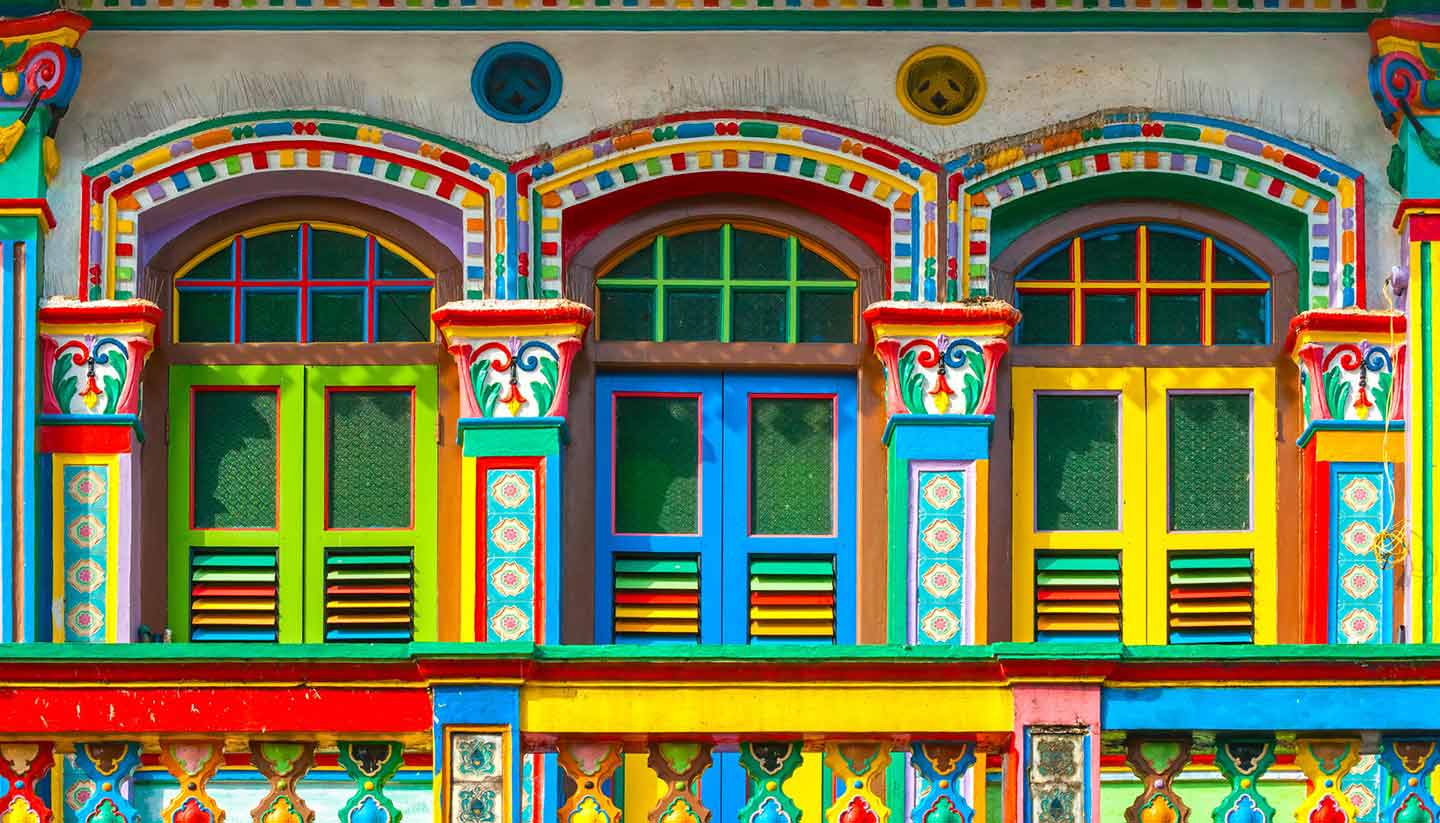Singapore History, Language and Culture
History of Singapore
Today considered one of South East Asia’s economic success stories, the island of Singapore has a long history of trade – certainly Chinese merchants were visiting many centuries before the arrival of the first European colonists and at various times the island fell under the influence of competing kingdoms based in what are now Indonesia and Malaysia.
The Portuguese arrived in the region early in the 16th century, taking Melaka (on west coast) as their trading port. The Dutch followed, as did the British who took an interest in Singapore following the end of the Napoleonic Wars in 1818.
Under plans drawn up by Sir Stamford Raffles, Singapore was to be turned into a major port alongside Melaka and Penang, both of which were by then under British control. Although Raffles spent little time in the city, his decisions – such as dividing the city along ethnic lines – were crucial to its development.
Under the British, Chinese and Indian immigrants flocked to Singapore. Living conditions were often dreadful, but there was money to be made and the city-state became known for a work ethic, which is evident to this day. As in the other settlements a mixed-ancestry community, the Peranakan, arose after Chinese men married local women.
Japan took Singapore in World War 2 to the dismay of its colonial rulers. Conditions under the occupation were harsh for POWs and civilians alike and thousands of Chinese inhabitants were executed.
After the Japanese surrender, British rule was re-established before Singapore achieved independence in 1963 as part of the Malay Federation until Singapore was expelled in 1965.
Under the leadership of Lee Kuan Yew, who was prime minister from 1959 to 1990, the country attracted huge foreign investment but developed a repressive – though generally popular – single party political system.
In recent years Singapore has taken a more active role in regional affairs and there has been some improvement in relations between Singapore and Malaysia, whose myriad disputes number access to air space, water resources and territorial boundaries.
Did you know?
• When Lee Kuan Yew died in January 2015, some 1.7 people paid tribute to him at his lying-in-state and at community centre around the island during a week of mourning.
• The island’s Chinese, Malay, Indian and Western Festivals are all national holidays.
Singapore Culture
Religion in Singapore
Buddhist 33%, Christian 18%, Muslim 15%, Taoist 11% and Hindu 5%.
Social Conventions in Singapore
Handshaking is the usual form of greeting, regardless of race; Muslims, and some Hindus, would not however normally shake hands with someone of the opposite sex. Social courtesies are often fairly formal. When invited to a private home or entering a temple or mosque, remove your shoes. For private visits, a gift is appreciated and, if on business, a company souvenir is appropriate.
Dress is informal. Most first-class restaurants and some hotel dining rooms expect men to wear a jacket and tie in the evenings; a smart appearance is expected for business meetings.
Laws relating to jaywalking, littering and chewing gum are strictly enforced in urban areas. Smoking is widely discouraged and illegal in enclosed public places (including restaurants). Dropping a cigarette end in the street or smoking illegally can lead to an immediate fine.
Language in Singapore
The official languages are Mandarin Chinese, English, Malay and Tamil. Most Singaporeans are bilingual and speak English, which is used as the main language of communication.


